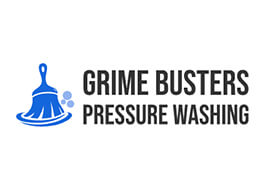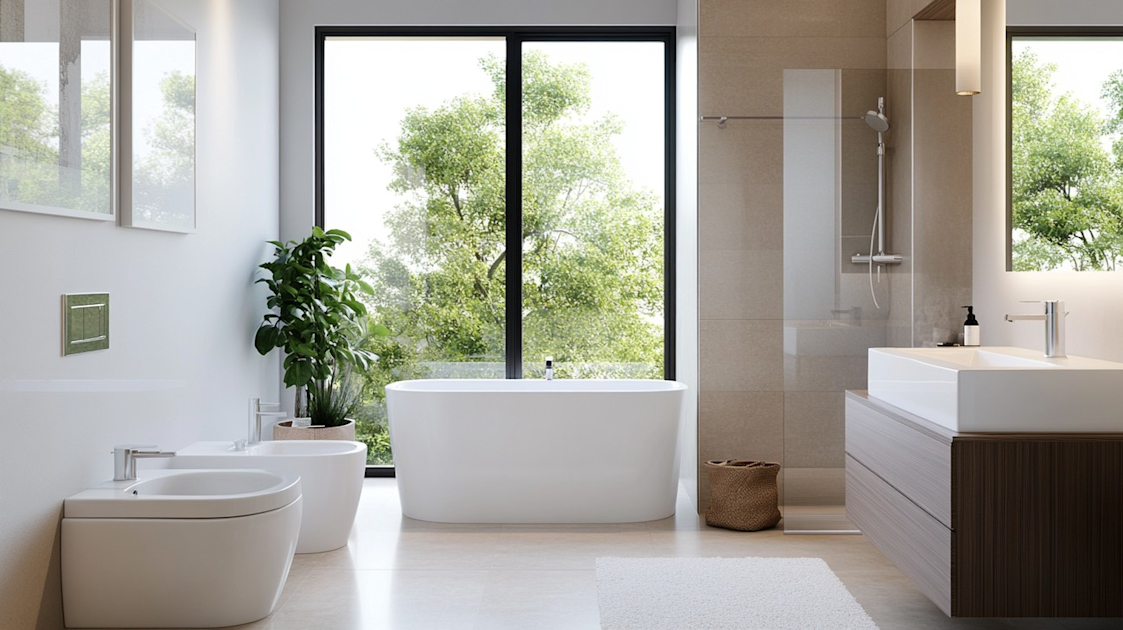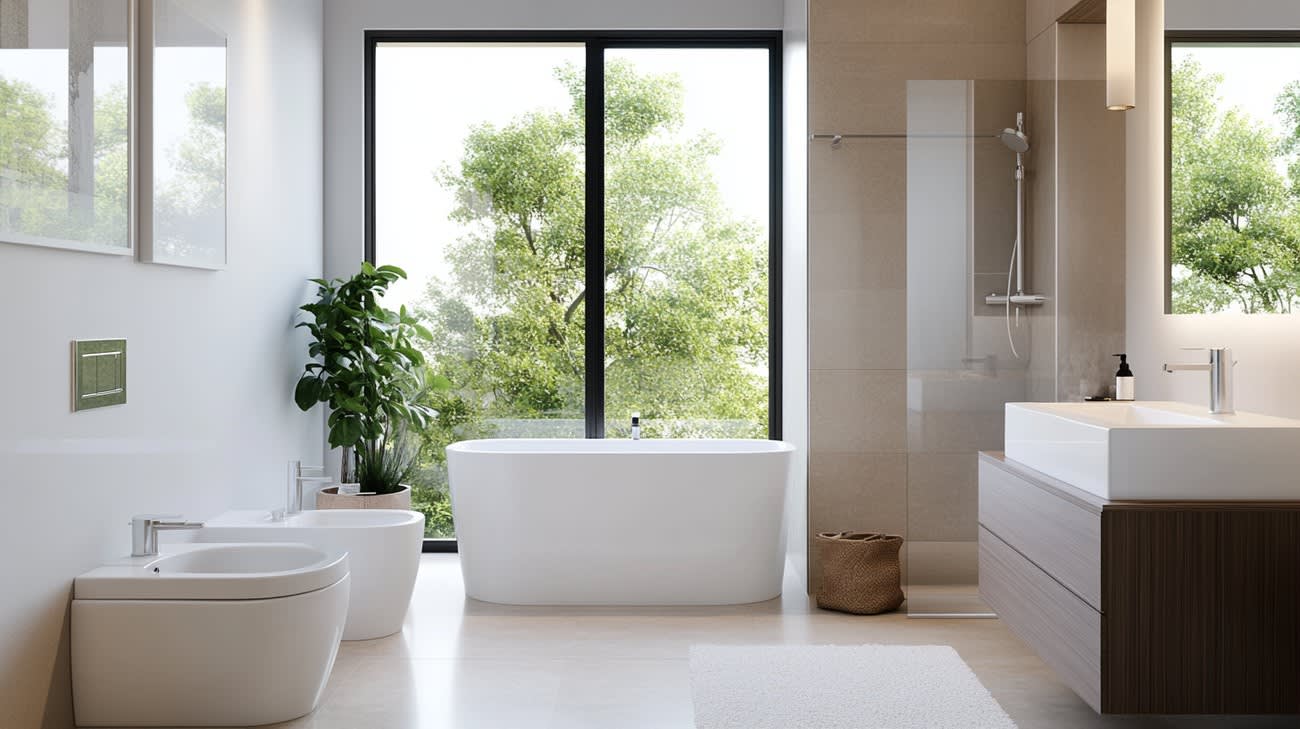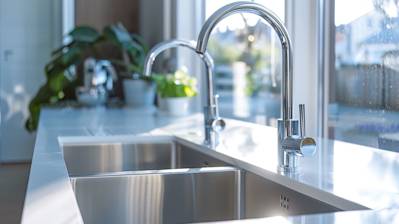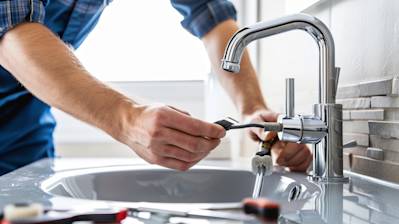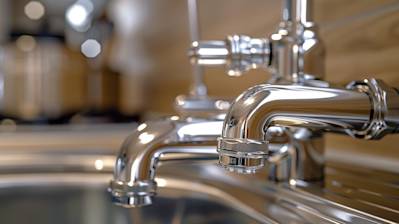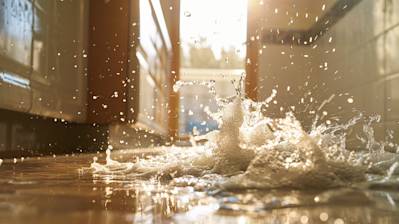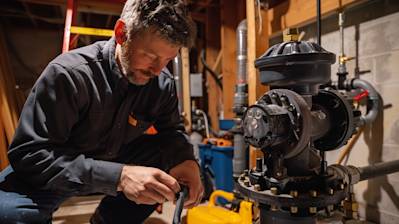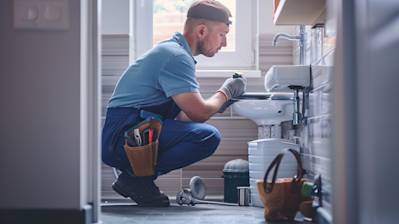It's common for things we use daily to become somewhat invisible to us. However, it's essential to understand these seemingly mundane home elements to help maintain them and avoid potential disasters. For instance, your toilet's water supply line may not be in your line of visibility while using the bathroom, but it plays a vital role in the functionality of your bathroom. In this article, we delve into all you need to know about your home’s toilet water supply line.
What is a Toilet Water Supply Line?
To put it simply, the toilet water supply line, as its name suggests, is the cord extending from your bathroom wall to your toilet that supplies water to it. It's typically a small, flexible pipe that connects the toilet tank to your home's water source. Its primary function is to fill the toilet tank after each flush, readying it for the next use.
Each time you flush the toilet, the water from the tank is expelled, and the supply line refills it, maintaining an efficient and seamless operation. They can come in various materials and sizes, but all perform the same essential role in the toilet system.
Importance of the Toilet Water Supply Line
While it may seem straightforward, the importance of the toilet water supply line cannot be understated. It serves a critical role in your home's plumbing system and is crucial for its overall functionality and water efficiency.
Below are some reasons why the toilet water supply line is essential:
- Ensures water flow: The supply line helps ensure the toilet receives an adequate flow of water. Without it, your toilet function would be severely hampered as it relies on the supply line to operate effectively.
- Guards against leaks: A quality toilet supply water line can guard against water leaks, thus preventing possible water damage and unnecessary increase in your water bill.
- Ensures water efficiency: Most modern supply lines are designed to ensure that only the necessary amount of water is used for each flush, aiding water conservation.
Common Toilet Water Supply Line Materials
Toilet water supply lines can come in a variety of materials, each with its characteristics and unique set of considerations. Here's a glimpse at the material options:
- Copper: Typically found in older homes, copper was a popular choice in the past due to its resilience. However, it can be prone to corrosion.
- PVC: A less expensive option that is more resistant to corrosion. Nevertheless, it can be more susceptible to wear and tear from constant use.
- Braided steel: Known for its durability and strength, braided steel toilet water supply lines have a PVC or polymer inner core that provides water connection, secured within a stainless-steel braid to safeguard against leaks and bursts.
Identifying a Faulty Toilet Water Supply Line
It's crucial to be able to identify the signs of a faulty toilet water supply line promptly. Quick action can prevent health hazards, water damage, and high repair costs. Keep an eye out for:
- Constant sounds of running water: If you hear a constant sound of water running in your toilet, it may arise from a problem in the water supply line.
- Visible leaks or pooling water: If water begins to pool around the base of your toilet, your line might be leaking.
- Lower than usual water pressure: A sudden reduction in the water pressure during flushing could imply a problem in the supply line.
- Rusted or corroded metal: If your toilet water supply line is made of copper or other metals, keep an eye out for rust and corrosion.
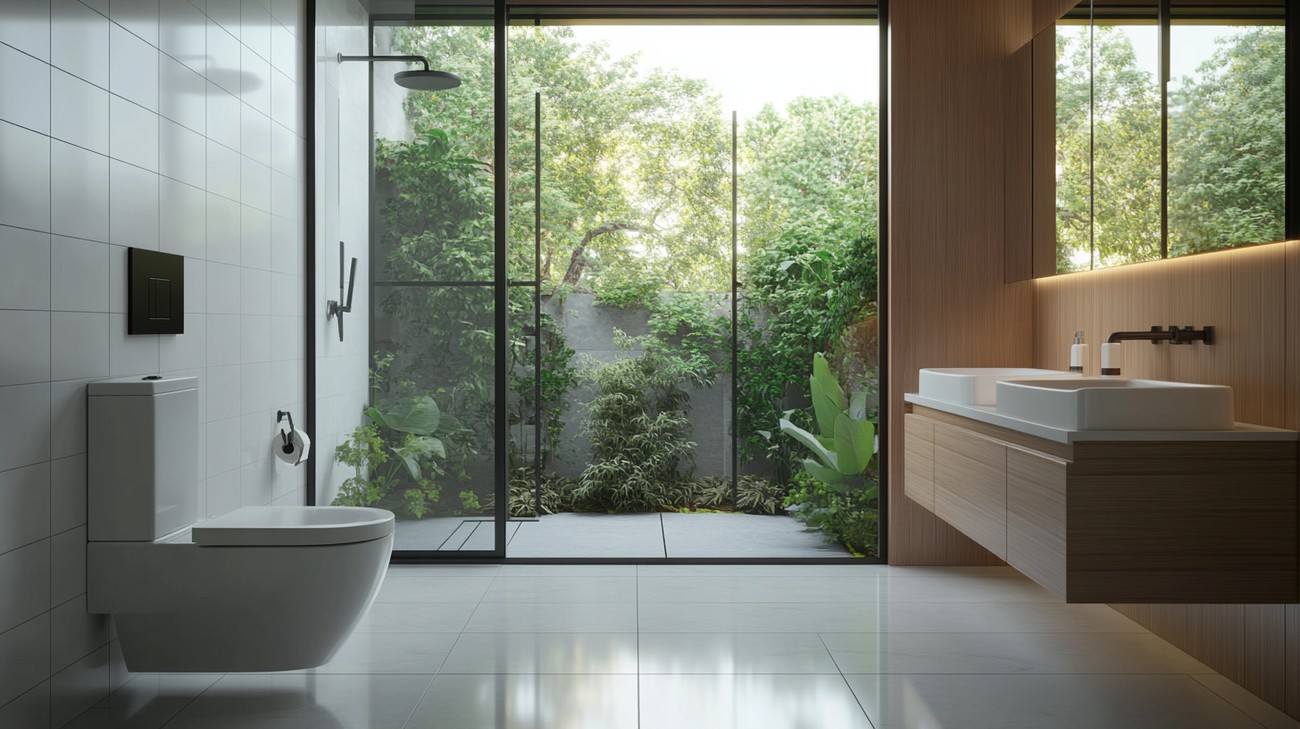
Frequently Asked Questions about Toilet Water Supply Line
Is Installing a Toilet Water Supply Line Difficult?
Depending on your skill level, installing a toilet water supply line may prove somewhat challenging. However, with a bit of guidance and the right tools, you could potentially handle it as a DIY task.
How Do I Choose the Right Toilet Supply Line?
When choosing a toilet water supply line, you should consider its size, material, and length. These factors will depend on your specific toilet model and your bathroom layout.
What are Some Symptoms of a Damaged Water Supply Line for Toilets?
Symptoms of a damaged toilet water supply line include a leaking pipe, weak water pressure when flushing, and strange noises from your toilet. It's crucial to address such issues promptly to avoid water damage.
When Should I Replace My Toilet Water Supply Line?
Typically, you should replace your toilet water supply line when you notice signs of wear or damage like bulges, leaks, and corrosion. However, the timeline may vary depending on the type of material your supply line is made from.
Can I Use a Dishwasher Water Supply Line for My Toilet?
In theory, you could use a dishwasher water supply line for your toilet, given that they're the same size and compression. However, we recommend using a designated toilet water supply line.
Why does My Toilet Water Supply Line Keep Leaking?
Your toilet water supply line could be leaking due to various reasons like wear and tear, loose connections, or corrosion. It is best to have it checked by a professional plumber to diagnose the problem accurately.
How Can I Prevent My Toilet Water Supply Line from Freezing?
To prevent your toilet water supply line from freezing during winter, keep the bathroom warm, insulate your pipes, and let the faucet drip. For better results, consult a professional plumber.
Are Plastic Toilet Water Supply Lines Safe to Use?
Yes, plastic toilet water supply lines are safe to use. They have become quite common due to their affordability and ease of installation. However, ensure that the plastic lines are sturdy and durable to avoid frequent replacements.
How Long Does a Toilet Water Supply Line Last?
The longevity of a toilet water supply line depends on its material, quality, and maintenance. For instance, stainless steel lines can last for years without issues, while cheaper materials may need to be replaced more often.
What Size is a Standard Toilet Water Supply Line?
The size of a standard toilet water supply line is 3/8 inch in diameter. However, this may vary, so it's best to check with the manufacturer's guide or a professional plumber.
How Can I Clean My Toilet Water Supply Line?
Cleaning a toilet water supply line involves turning off the water supply, draining the line, removing any debris, and flushing it with a water and vinegar solution. Remember to be careful not to damage the line as you clean it.
What are Those Bubbles Coming from My Toilet Water Supply Line?
Bubbles coming from your toilet water supply line are often a sign of air in your pipes. This could be due to a new installation, changes to the water supply, or a problem with your plumbing system.

Pros of Toilet Water Supply Lines
Reliable Water Supply
A key advantage of toilet water supply lines is their reliability when it comes to providing water. These lines ensure a consistent supply of water to the toilet for flushing whenever the toilet is used. This makes them an essential feature in any toilet system. The performance of this crucial component can impact the functionality and efficiency of the entire bathroom.
Variety of Materials
Toilet water supply lines come in a variety of materials such as PVC, copper, braided stainless steel, and more. Each type of material has its own unique set of advantages. For instance, PVC lines are affordable, lightweight, and corrosion-resistant, while copper lines are durable and withstand higher levels of pressure. Braided stainless steel lines, on the other hand, are flexible, highly resistant to bursting and can withstand extreme temperatures.
Easy to Install and Replace
Easy Installation
Toilet water supply lines are generally easy to install. Most models come with a DIY installation guide, which means that even those without much plumbing experience can install them. This can save you the cost of hiring a professional plumber.
Easy Replacement
When the time comes to replace a toilet water supply line, the process is usually straightforward. Due to the ease of installation, removing an old line and replacing it with a new one is a process that can be completed quickly, reducing any inconvenience.
Longevity
A high-quality toilet water supply line often boasts an impressive lifespan. With proper care and maintenance, some types could serve you for quite a number of years before needing replacement. This characteristic makes these lines a worthy investment for most property owners.
Cons of Toilet Water Supply Lines
Potential for Leakage
One significant downside of toilet water supply lines is the potential for leakage. Over time, due to various factors like wear and tear, high water pressure, or even improper installation, these lines can begin to leak. Not only does this lead to water waste, but it can also cause water damage to your bathroom floor and fixtures.
Material Dependent Lifespan
While toilet water supply lines tend to be durable, their lifespan varies considerably depending on the material used. Cheaper materials like PVC may not last as long as their more expensive counterparts such as copper or braided stainless steel. This aspect requires consumers to balance between the affordability of a product and its longevity.
Installation Challenges
Misfit with Toilet Fixtures
Even though toilet supply lines are generally easy to install, problems may arise if the lines do not perfectly fit with your toilet’s intake valve or the shut-off valve. This might require additional work and materials to create a reliable seal.
Incorrect Installation
Misinstallation of a toilet water supply line can lead to numerous issues. From creating leaks due to cross-threading or over-tightening to failing to connect properly with fixtures, incorrect installation can be a con that leads to needing a professional’s help.
Regular Maintenance Required
Toilet water supply lines require regular maintenance to prevent issues like leakage. Over time, minerals from the water can result in build-up, which if not checked, can obstruct water flow. Mold and mildew could also develop in the lines, causing further complications. This need for regular maintenance can be time-consuming and could be a con for busy homeowners or those who prefer more low-maintenance fixtures.

Myths / Misconceptions about the Toilet Water Supply Line
Myth 1: All Toilet Water Supply Lines Have the Same Size
One of the major misconceptions about toilet water supply lines is that they all come in the same size. This is not true as these lines come in different lengths and diameters. Your toilet’s distance from the shut-off valve will determine the length of the supply line that you need. Additionally, the inlet size of your toilet may also determine the diameter of the supply line.
Myth 2: Any Material Goes For Supply Lines
People often wrongly assume that any material can be used to make the toilet water supply line. It is worth noting that the material largely informs not just the line's lifespan but also the quality of water. Most lines are made from plastic, brass or stainless steel. While brass is the most durable, plastic is the cheapest. However, plastic lines easily turn brittle with time, and could contaminate the water supply compared to the other materials.
Myth 3: Installation Doesn’t Require Professional Skills
Many people believe that installing a toilet water supply line is easy and doesn't require any professional skills – this is another myth. While it may look simple, you may encounter problems if you don’t have the necessary DIY skills, particularly when it comes to ensuring a leak-proof tight seal. Hiring a professional plumber to handle this task is always a smart decision.
Myth 4: Any Leakage Can Be Fixed with Sealant
While this might work in a few cases, depending on the severity of the leakage, it's wrong to assume that any leak in a toilet water supply line can simply be fixed with sealants. In most cases, a leak suggests that the supply line is worn out and needs to be replaced entirely. Relying on a sealant might just be a temporary solution that doesn't address the underlying cause of the leak.
Myth 5: Toilet Water Supply Lines Don’t Need Any Maintenance
The toilet water supply line is largely ignored until a problem arises. Many people wrongly believe that, once installed, these lines do not require any maintenance. Like any other plumbing fixture, the supply lines need regular checks to ensure they're in good condition and promptly detect any signs of corrosion or wear.
Myth 6: Changing Supply Lines Frequently Prevents Problems
Some believe that changing toilet water supply lines often preempts any possible issues; this is misleading. Changing a supply line before the end of its lifespan can often be unnecessary and result in wastage of resources. Regular maintenance will inform you when the right time to make a replacement is.
Myth 7: Toilet Water Supply Lines Last Forever
This is one of the biggest misconceptions regarding toilet water supply lines. These lines do not last forever. Depending on the material type and the surrounding conditions, these lines may need to be replaced after a decade or so. Regular maintenance helps you identify when they need to be replaced.
By debunking these myths, we hope this guide offers useful information to help you better understand and maintain your toilet’s water supply line. Remember, proper care and regular maintenance can avoid unexpected issues and potentially costly repairs.
Summary
As part of basic home maintenance, it's essential to keep your toilet water supply line in check. If it leaks or malfunctions, you could be dealing with a big mess or a higher water bill. But with regular inspections and necessary replacements, maintaining a healthy toilet water supply line won't be an issue. Thankfully, it's a pretty easy part to spot and replace, so you can save yourself quite a lot of hassle by getting to know it better.
A high-quality toilet water supply line can dramatically lessen the chance of leaks or water damage in your bathroom. It's definitely worth investing in a good one to ensure a smooth operation and fewer problems down the line. And remember, always turn off your water supply when tinkering with the line to avoid unnecessary water wastage.
So, next time you're doing a bathroom check, don't forget to give your toilet water supply line some love. It's an often overlooked yet vital component of any well-functioning toilet system. A little attention to this humble part could save you from bothersome leaks and ensure your throne continues to serve you well.
About KYPD Plumbing
KYPD Plumbing is a premier provider of top-notch plumbing services based in the beautiful city of Lexington, KY. With a solid reputation built on integrity, professional expertise, and unmatched customer satisfaction, we’ve been serving Lexington residents for quite a number of years now. Our team is composed of seasoned plumbing professionals who are known for their dedication to detail, quality workmanship, and passion for solving all kinds of plumbing issues. At KYPD Plumbing, we understand the value of a well-maintained plumbing system and we go above and beyond to ensure your home or business can run smoothly. Trust us to deliver efficient, reliable, and affordable plumbing solutions without compromising on service or quality.
Tags: plumbing, bathroom, water supply,
